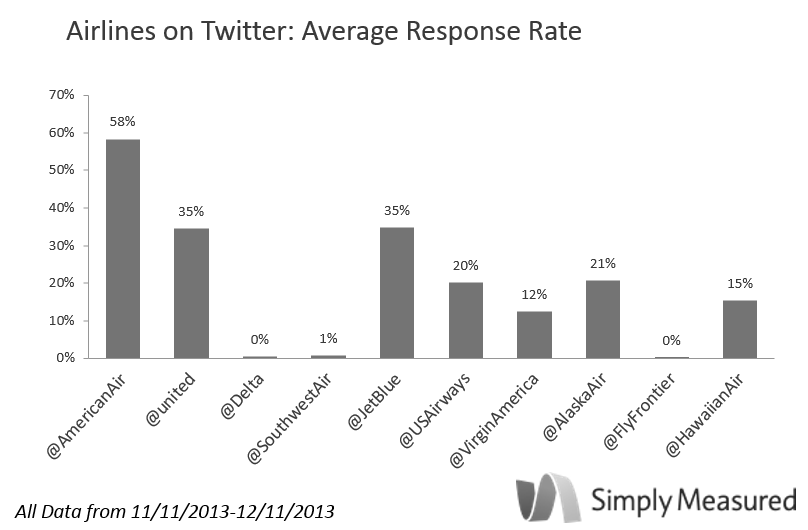
▶ Which Medium Earns the Most Trust? Nearly than 9 out of 10 Americans (86%) trust recommendations from people they know, according to a new survey released by Social Media Link.
That is nearly twice the trust they give to traditional media channels. Social Media Link took the pulse of more than 10,000 social media users and found that the best way to win them over is to get a better sense of their personal social connections.
The study also revealed the follow digital consumer preferences:
• Social media is the most trusted media platform (92%), followed by email (50%), TV, print and outdoor ads (47%) and radio (42%).
• The average consumer mentions brands more than 90 times each week in conversations with friends, family and coworkers.
• Blogs and retail sites are the most trusted online portals (63%), followed by Pinterest (56%), YouTube (51%) and Twitter and Google+ (41%).
• More than three-quarters of the respondents (78%) said they have shared brand information on social based on positive experiences. Conversely, 47% of the respondents said they have shared such information based on negative experiences.
Source: Social Media Link
▶ Plan to Grow Human Capital: Less than half of American companies (43%) said they have a long-term deployment plan for an Employee Value Proposition (EVP). That’s according to a recent Towers Watson survey of 207 large and midsize organizations.
Here are some of the takeaways from the study:
• About half (49%) of the companies with high-effectiveness EVPs combine several factors, such as pay, bonuses and benefits, with abstract ones like work environment and teamwork. That compares with just 24% of companies with low-effectiveness EVPs.
• Almost two-thirds (59%) of the high-effectiveness companies are leveraging their EVP to encourage productive employee behavior and optimize efficiency.
• Nearly half (44%) of the high-effectiveness companies help employees understand how their individual needs are being met when they close a new deal. PRN
Source: Towers Watson
This article originally ran in the December 23 issue of PR News.
